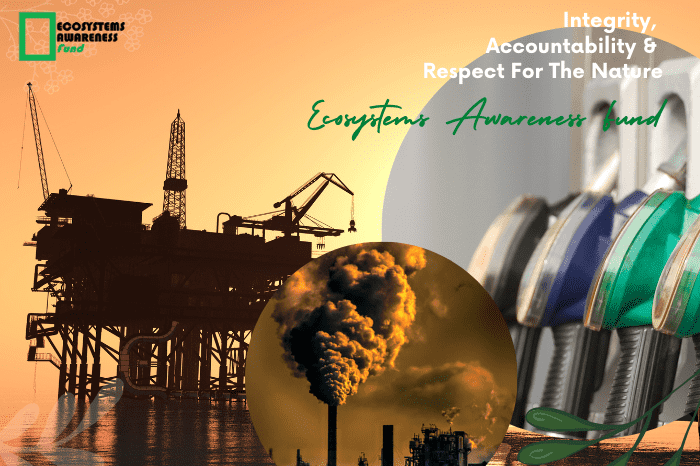Solar Panels May Have Ultimately Arrived At Economic Efficiency

The last example of this specific phenomenon was apparent in the early 70’s, when there was a crude oil trade embargo, and hence, no gasoline. Substitute energies began to pop up here and there with many people jumping on the band wagon. But, gasoline soon returned in plentiful supplies and unconventional energy sources fell beneath the average consumers radar screen again. In 2009, the common consumer is seeing petrol prices move higher and found a realization that global warming will be affecting finances soon. Substitute energy is back in the sentiments of the ordinary consumer and, maybe, this time for good.
Where did solar go?
Solar power for the home was a big seller during the energy crisis of the 70’s. Many houses found tri-pods of solar panels on their roofs gathering what power they could. These units were found mostly in environmentally sensitive Arizona, but soon they were found across the World. Unfortunately, the solar power cell of the 70’s just wasn’t all that cost-effective and cost quite a bit to put in and maintain. As fossil fuel returned to the marketplace there was diminutive need for solar cells in a time of flagrant consumption. But the idea of solar energy was a good one and many trailblazers understood that it was a good idea that had yet to find its time. Solar panels never went away; they just slid back into the laboratory to await solar panel 2.0.
Solar is back and ready
Today’s solar panel is not your father’s solar panel. Depending upon which type of energy you care to generate, electricity or hot water, today’s solar panel has come a very long way in the form of photovoltaic’s and will go further still. These cells, when combined into panel form, turn the suns rays (so-to-speak) right into power ready for use. They have also become exceedingly efficient, more environmentally sound and less expensive. Today’s solar panel will sit almost anywhere and is quickly finding itself being turned into a panel the thickness of a nano particle. Solar power technology is running at extremely fast pace and driving costs down to an affordable level.
Who’s using the panels?
As mentioned, it takes a change in the purse strings to see a marked change in a consumer’s behavior. With a technology and paradigm shift on the order of solar panels it requires a solid leap forward in panel efficiency, costs of panels , associated elements and an increase in existing costs of fuel. When these factors reach critical mass solar panels start to show up, not at the consumer level, but at the corporate and industrial level. This is simply because business moves its money where the costs-over time-are less. This is just good business. Solar panels are now, as in this past two years, become more cost effective for industry to use then to not use them over time.
Why solar panels now?
Solar panels are now being used primarily because fuel costs are just too high to ignore in favor of a new technology that is worth checking out. Companies have available empty roof space and the choice of trying something on a larger scale to see if it works versus continuing to pay higher fuel bills and environmental costs. The whole concept is extremely self serving. There is no environmental consideration involved. If the company doesn’t use solar panels they have to pay fuel costs and air clean-up expenses along with variable fuel charges. They try out the solar panels and see if they work now. If they do, the company can; commit to a full solar panel program with even more efficient solar panels, significantly reduce fuel costs and almost eliminate air cleaning needs along the way. There is little environmental about it. It’s just good business. After industry gets rolling, solar panel costs will drop like a stone and the consumer will jump on board because…it’s just good business.

Our mission at Ecosystems Awareness Fund (EAFund) is to research, explore and disseminate information on human activities and initiatives aimed at protecting, restoring, and enhancing environmental quality towards good environmental integrity, human cultural and economic viability.

